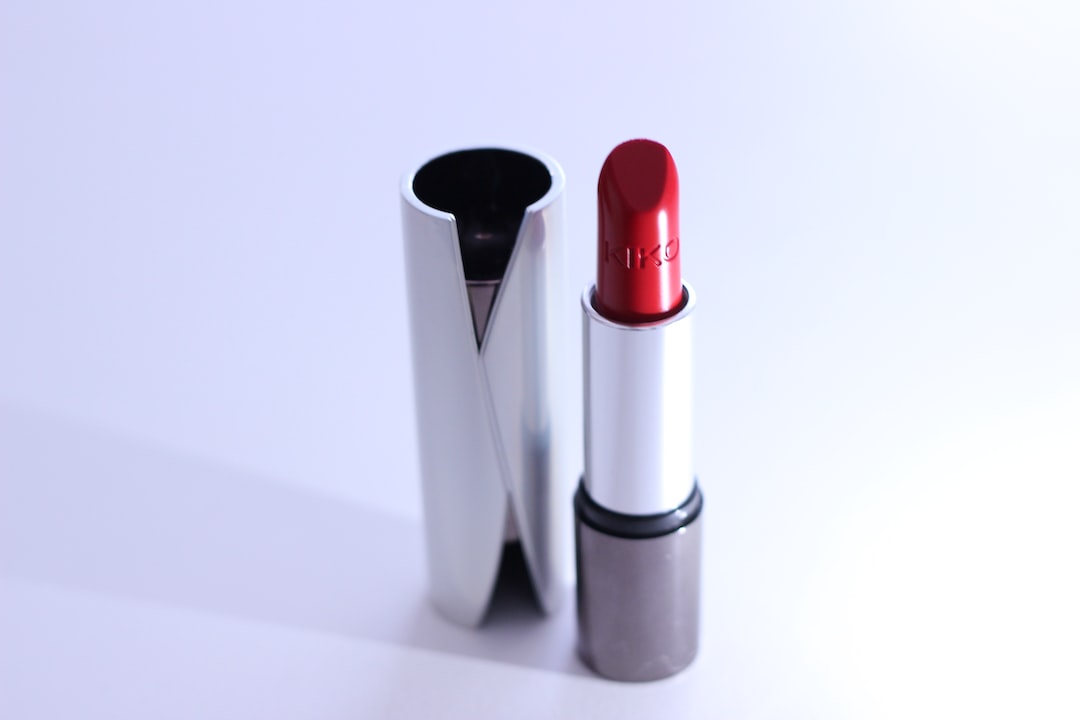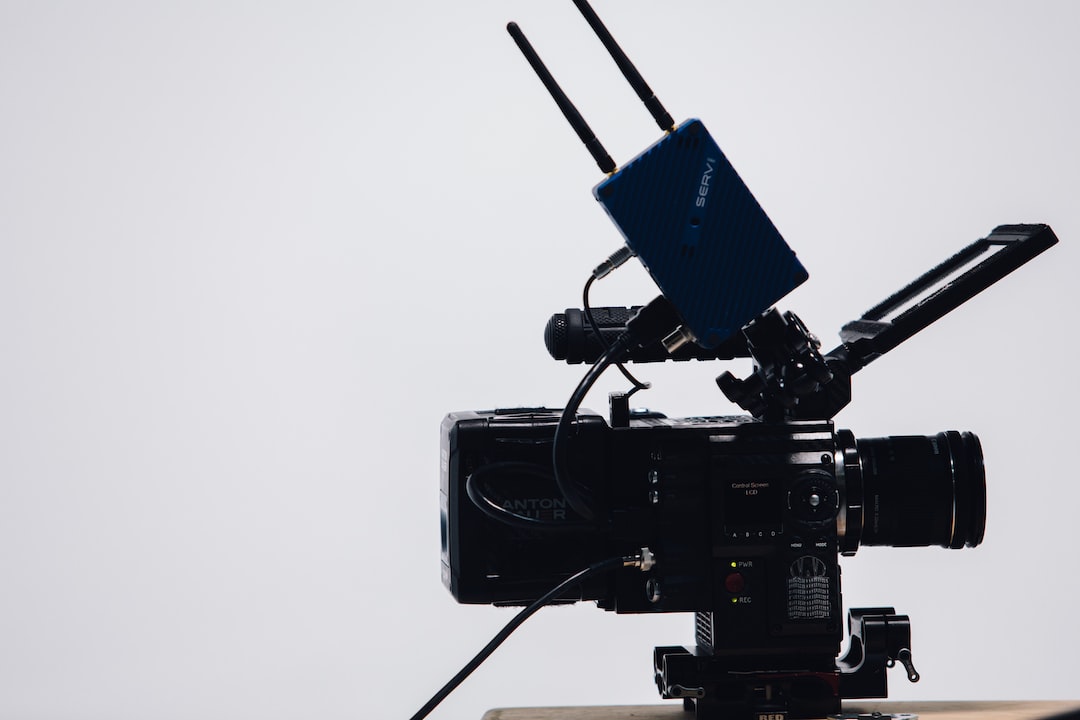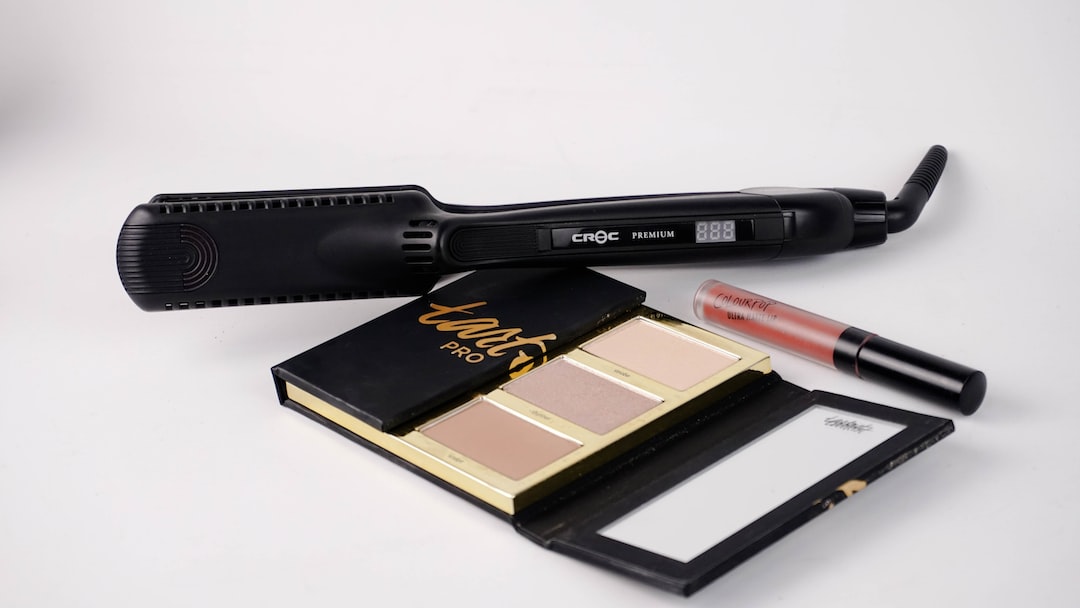Tattoos have become increasingly popular over the years, but so has the desire to remove them. Whether it is due to a change in personal preference, a career choice, or a regrettable decision, many individuals seek tattoo removal services. However, one question that often comes to mind is, “What is the success rate of tattoo removal?”
Understanding the Process
Tattoo removal entails the use of various techniques to eliminate or lighten the appearance of a tattoo. Some commonly used methods include laser removal, surgical excision, dermabrasion, and use of tattoo removal creams.
Laser Removal: This is the most popular and effective method of tattoo removal. It involves using laser technology to break down the ink particles in the skin, allowing the body’s immune system to naturally eliminate them over time. Multiple laser sessions are typically required to achieve optimal results.
Surgical Excision: In this method, the tattoo is physically cut out from the skin and the surrounding area is stitched back together. This technique is commonly used for small tattoos and may leave a scar.
Dermabrasion: This technique involves scrubbing the tattooed area with a high-speed rotary abrasive tool to remove the top layers of skin. It is an older method and is not as commonly used today.
Tattoo Removal Creams: Certain creams claim to gradually fade tattoos over time. However, their effectiveness is highly debated, and results may vary.
Factors Affecting Success
The success rate of tattoo removal can vary significantly depending on a variety of factors:
Size and Color of the Tattoo:
The larger and more colorful the tattoo, the more challenging it is to remove. Darker colors such as black and blue tend to respond better to laser removal, while lighter colors like yellow and green may be more resistant.
Location on the Body:
The location of the tattoo can also impact the success rate. Tattoos on areas with better blood circulation, such as the arms or legs, tend to fade more quickly than those on areas with less blood flow, like the hands or feet.

Age of the Tattoo and Skin:
Newer tattoos are generally more difficult to remove than older ones. Additionally, the type of skin plays a role in how well the tattoo will fade. Skin sensitivity, pigmentation, and scarring tendencies can affect the overall success of the removal process.
Evaluating Success Rates
Due to the numerous variables involved, it is challenging to provide an accurate overall success rate for tattoo removal. The success rate can range from 50% to 95% or higher, depending on the factors mentioned above and the specific removal method used.
It is essential to consult a professional tattoo removal specialist who can assess your tattoo, skin type, and other individual factors to provide a personalized assessment of the success rate you can expect.
While tattoo removal can be successful for many individuals, it is crucial to set realistic expectations and understand that complete removal may not always be possible. Factors such as tattoo size, color, location, and individual skin characteristics all play a role in determining the success rate. Consulting a qualified professional will help you gain a better understanding of the anticipated results based on your unique circumstances.









